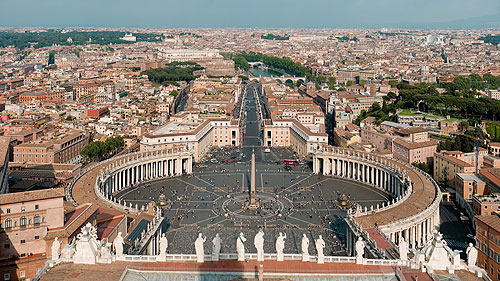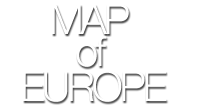Travelling to Vatican City

As the sun dips low over the horizon, painting the sky with a canvas of vibrant hues, the country of Italy unfurls an intricate tapestry of artistic grandeur, time-stamped relics, and geological wonders that never fail to capture the hearts of travelers. From the Venetian canals to the Tuscan countryside, each locale has its own stories to tell. However, nestled within the bustling capital of Rome, Vatican City—like a precious gem in an elaborate crown—takes center stage. It’s an enclave of intrigue, a sovereign marvel that prompts many to ask, “Is the Vatican a country or a city?”
Vatican City – A City or a Country?
Don’t let its modest size fool you—Vatican City might encompass a mere 110 acres, but its significance reverberates far beyond its borders. This walled sanctuary, born from the Lateran Treaty of 1929, stands as the world’s smallest independent state. Home to the pontiff and a select few clergymen from diverse backgrounds, it blurs the line between city and country. Governed by the Bishop of Rome—the Pope—Vatican City is both an ecclesiastical masterpiece and a historical marvel.
Exploring Vatican City
Visitors to Vatican City may often find themselves caught in a paradox of time. The city itself, steeped in antiquity, is complemented by a contemporary network of facilities. Meander through the pristine plazas and explore the labyrinth of meticulously maintained walkways as you immerse yourself in the city’s charm. To help you navigate this intricate marvel, consider referring to this Vatican City map. Although the city lacks an airport—visitors must arrive via Rome—it boasts an array of modern amenities including a top-notch telephone system, a fully-functional pharmacy, and a renowned post office, a testimony to Vatican’s balance between the old and the new.
Economy of Vatican City
Vatican City’s economy is a tapestry woven from unique threads. Beyond religious and historical significance, its museums, post office, and souvenir shops serve as significant contributors to the city’s finances. Industrial pursuits include printing, mosaic making, and crafting staff uniforms. If your bucket list includes using an ATM with Latin instructions, the Vatican Bank is your destination. Interestingly, while Vatican City mints its own coins, it relies on the euro, courtesy of a special agreement with the European Union dating back to 1999.
Art and Culture
Art aficionados would be hard-pressed to find a destination as richly adorned as Vatican City. St. Peter’s Basilica is a cornucopia of artistic mastery, home to Raphael’s and Fra Angelico’s masterpieces, among others. The Apostolic Palace, the Pope’s residence, shelters the famed Sistine Chapel—its ceiling, a canvas for Michelangelo’s genius. The Last Judgement, his magnum opus, covers the altar wall, standing as a testament to his innovative style that initially spurred controversy but ultimately earned admiration.
Citizenship and the Life of the Residents
Vatican City’s unique citizenship rules might have you wondering, “Can anyone visit Vatican City?” The city’s inhabitants, numbering a little over 800, are primarily clergymen, state officials, or Swiss Guards. Rather than birthright, citizenship is tied to the specific roles these residents fulfill. Despite their diverse nationalities, a common thread binds them—their Catholic faith. This intriguing aspect further deepens the enigma that is Vatican City.
Vatican City, with its deep-rooted history, unique economy, and immense cultural richness, continues to bewitch travelers from across the globe. This divine fortress in the heart of Rome, where timeless artistry meets spiritual majesty, beckons you to unearth its secrets. As you plan your Italian sojourn, remember that the question, “Is the Vatican a country or a city?” is merely the start of your exploration into this extraordinary enclave.

